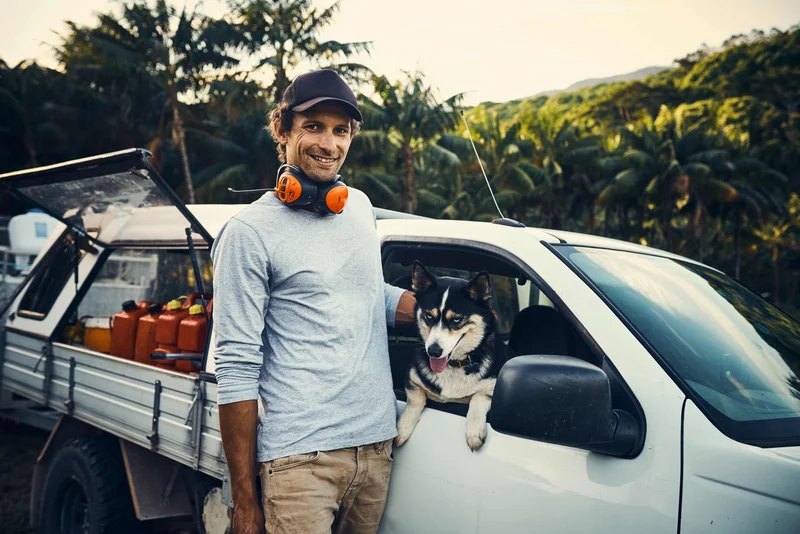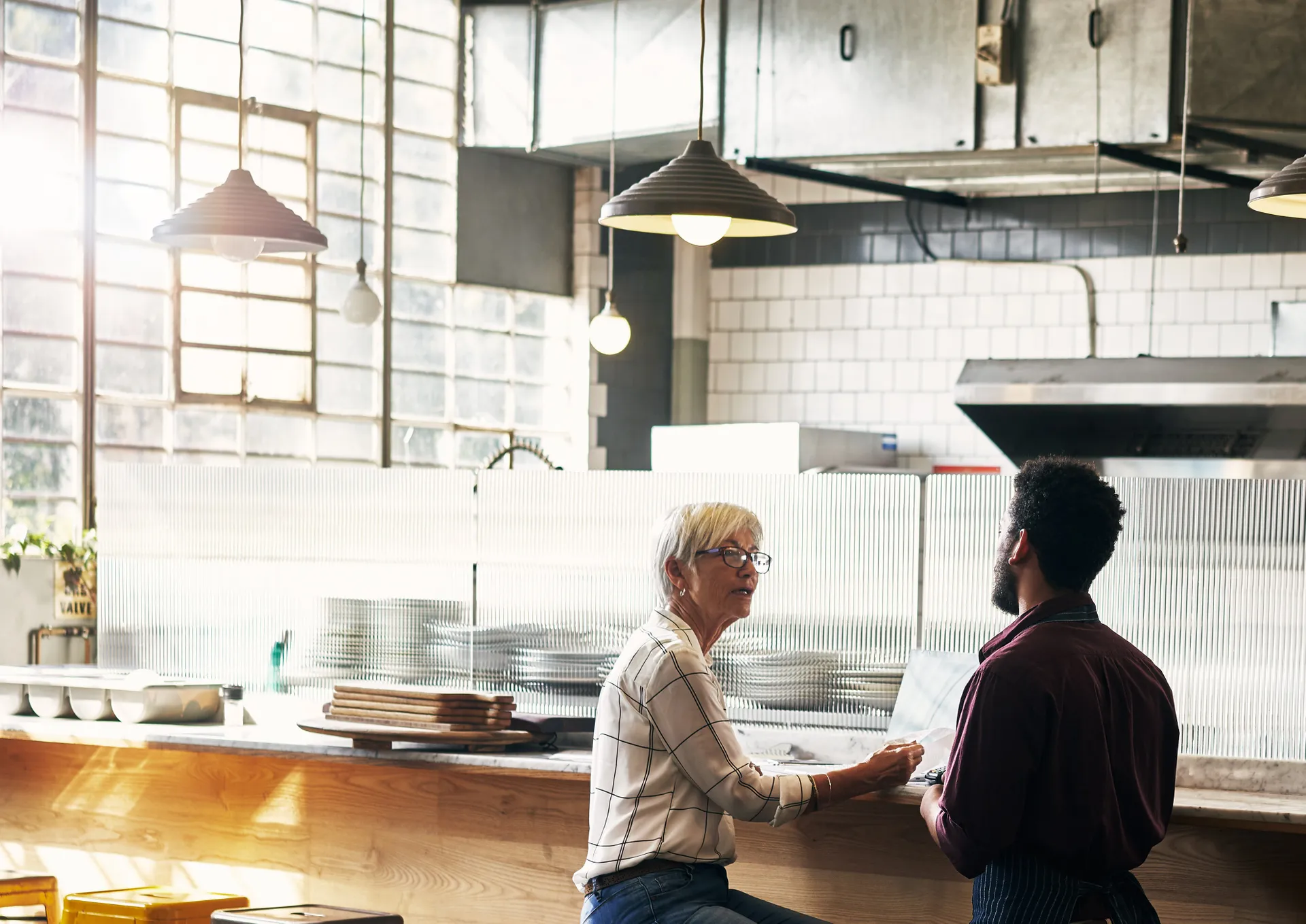How to get your business disaster ready
Planning your business’s continuity involves developing a practical plan for how your business can prepare for and continue to operate, after an incident or crisis.

October to April is Australia's peak time for severe weather. It’s important to get your business ready for natural disasters before they strike, with a plan that will help you minimise financial damage and outline your continuity.
Planning your business’s continuity involves developing a practical plan for how your business can prepare for and continue to operate after an incident or crisis. It makes you aware of potential risks, consider what’s needed to be operational post-disaster, develop your response to a disaster, and to organise adequate insurance.

A Business Continuity Plan will help you to:
- identify and prevent risks where possible
- prepare for risks that you can't control
- respond and recover if an incident or crisis occurs.
If a natural disaster strikes and you need to evacuate, having an emergency kit can help keep your business running in a different location. Keep your emergency kit where you can quickly access it. Record in your business's emergency plan, the contents of your kit and make sure your kit is up to date.
Make sure staff are trained in first aid and evacuation procedures so they know what to do when the weather turns bad.
Find more business resources at:
getready.qld.gov.au/get-prepared/business
business.qld.gov.au/running-business/natural-disaster/disaster-hub
Understanding which natural disasters or severe weather events are likely to occur in your area will help you prepare for events that are most likely to impact your business. You’ll find useful maps, links and up-to-date information at Council’s disasterhub.sunshinecoast.qld.gov.au.